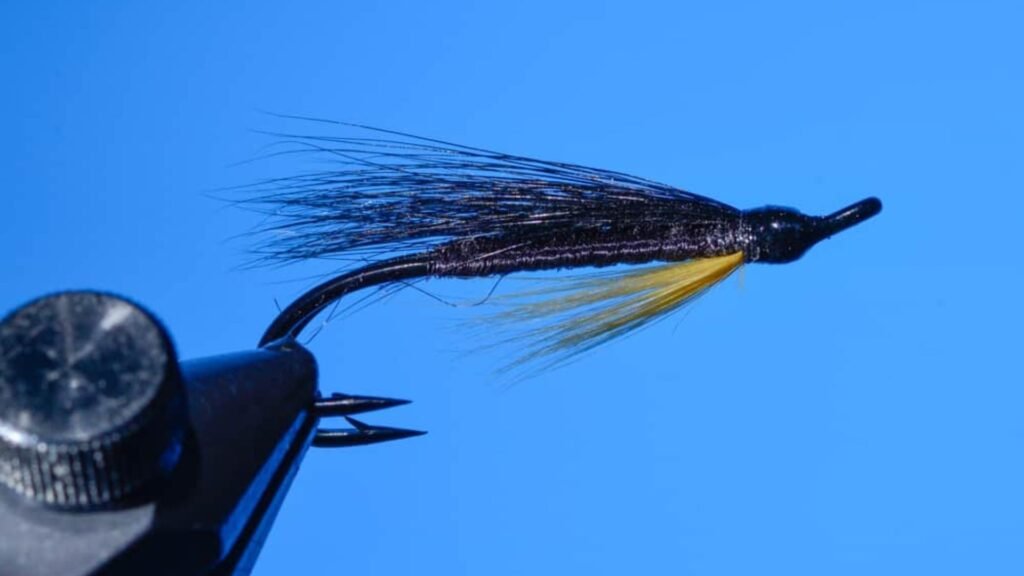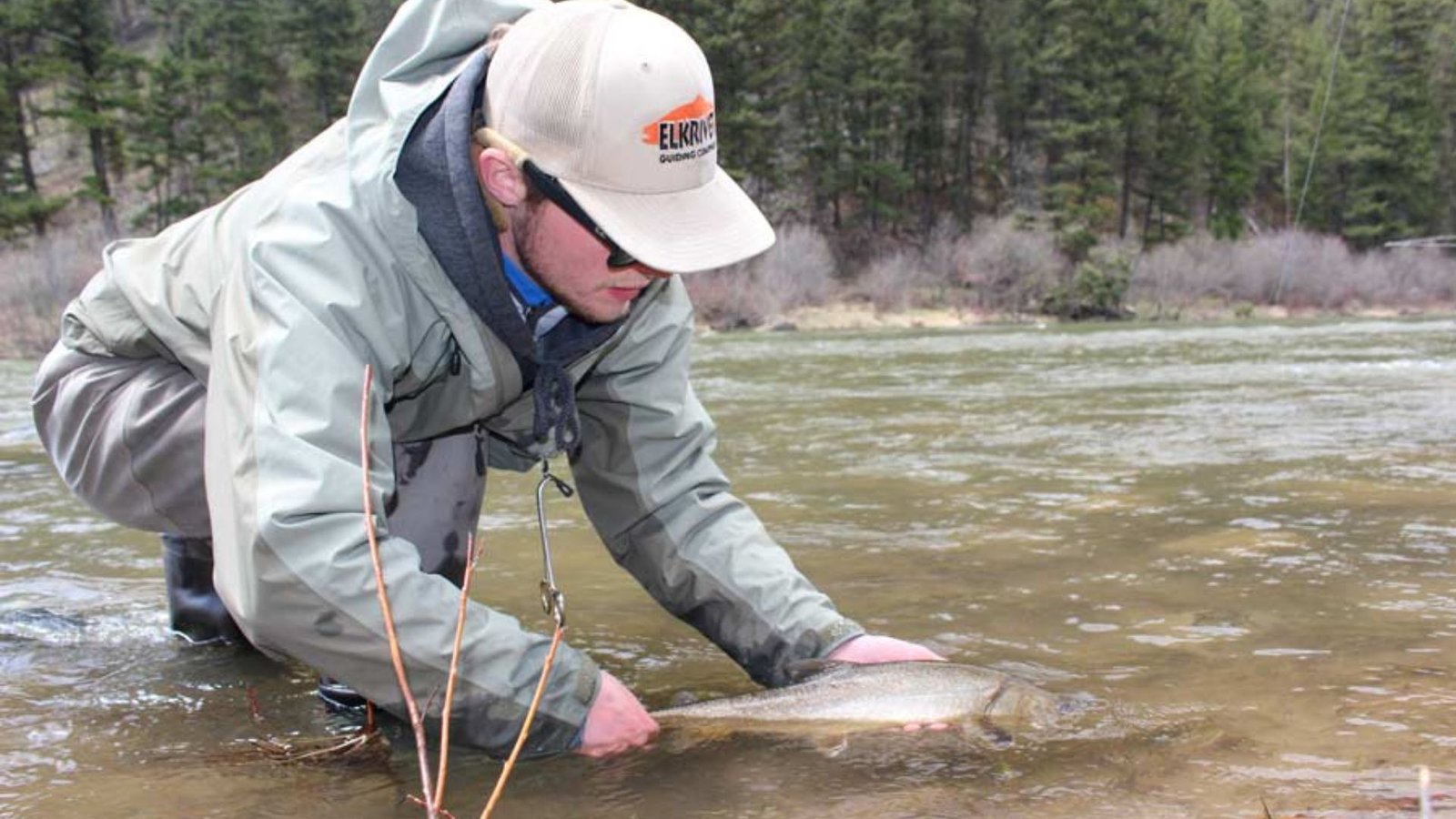Mastering the art of casting a salmon fly is crucial for success in fly fishing. Whether you’re a beginner or a seasoned angler, refining your casting technique can enhance your fishing experience and increase your chances of landing that prized catch. Here are some effective ways to improve your salmon fly casting technique.

Ways to Improve Your Salmon Fly Casting Technique
Understanding the Basics of Casting
Before diving into advanced techniques, it’s essential to grasp the fundamentals of casting. This includes understanding the mechanics of the rod, reel, and line interaction. Practice basic casting motions to develop muscle memory and control.
Perfecting Your Grip and Stance
A solid grip and proper stance provide the foundation for accurate casting. Grip the rod comfortably with your dominant hand, ensuring a relaxed but firm hold. Stand with your feet shoulder-width apart, facing your target, to maintain balance and control during the cast.
Mastering the Overhead Cast
The overhead cast is a fundamental technique in salmon fly fishing. Start with your rod tip low and slowly accelerate as you bring it back over your shoulder. Smoothly stop the rod at the 1 o’clock position to release the line and fly towards your target. Practice this motion to achieve consistent and precise casts.
Utilizing the Roll Cast
In situations where overhead space is limited or when casting into tight spots, the roll cast is invaluable. Begin with the rod tip close to the water’s surface and smoothly lift the rod tip while applying forward momentum. This technique allows for efficient casting in challenging environments, such as rivers with overhanging trees or rocks.
Improving Line Management
Effective line management is crucial for achieving accurate casts and controlling the drift of your fly. Practice stripping and feeding the line smoothly to maintain tension and control over the fly’s presentation. Avoid excessive line slack, as it can hinder your ability to detect strikes and set the hook.
Adjusting for Wind and Currents
Adapting your casting technique to environmental factors like wind and currents is essential for successful fly fishing. When casting into the wind, use a tighter loop and increase casting power to maintain line control and accuracy. In strong currents, cast slightly upstream to allow the fly to drift naturally towards the target.
Practicing Accuracy and Distance
Regular practice is key to improving both accuracy and casting distance. Set up targets at different distances and practice casting with varying amounts of power and rod speed. Focus on maintaining a smooth casting motion and refining your ability to place the fly precisely where you intend.
Seeking Feedback and Guidance
Don’t hesitate to seek feedback from experienced anglers or take casting lessons from certified instructors. They can provide valuable tips tailored to your specific challenges and help you refine your technique for different fishing conditions.
Conclusion
Improving your salmon fly casting technique takes time, patience, and dedication. By mastering fundamental casting principles, practicing regularly, and adapting to environmental variables, you can enhance your skills and enjoy more successful fishing trips. Remember, each cast is an opportunity to refine your technique and connect with the artistry of fly fishing.



